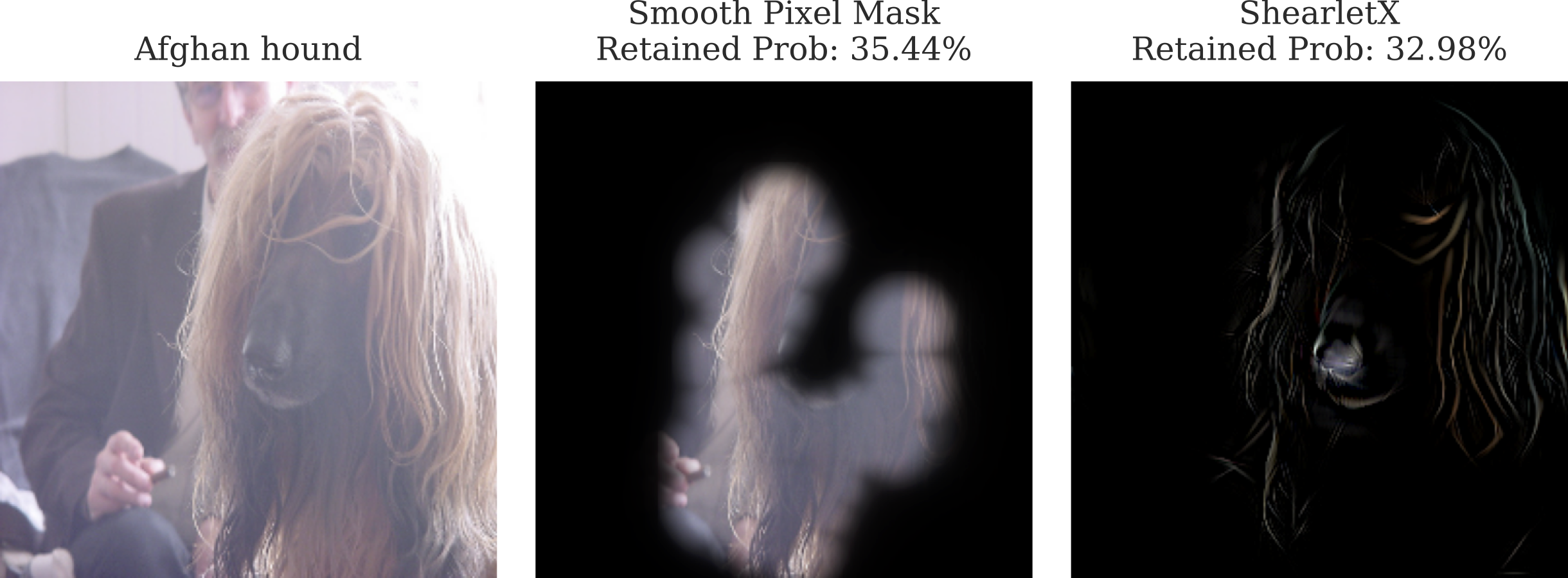Understanding Deep Networks via Extremal Perturbations and Smooth Masks
The problem of attribution is concerned with identifying the parts of an input that are responsible for a model's output. An important family of attribution methods is based on measuring the effect of perturbations applied to the input. In this paper, we discuss some of the shortcomings of existing approaches to perturbation analysis and address them by introducing the concept of extremal perturbations, which are theoretically grounded and interpretable. We also introduce a number of technical innovations to compute extremal perturbations, including a new area constraint and a parametric family of smooth perturbations, which allow us to remove all tunable hyper-parameters from the optimization problem. We analyze the effect of perturbations as a function of their area, demonstrating excellent sensitivity to the spatial properties of the deep neural network under stimulation. We also extend perturbation analysis to the intermediate layers of a network. This application allows us to identify the salient channels necessary for classification, which, when visualized using feature inversion, can be used to elucidate model behavior. Lastly, we introduce TorchRay, an interpretability library built on PyTorch.
PDF Abstract ICCV 2019 PDF ICCV 2019 Abstract


 MS COCO
MS COCO